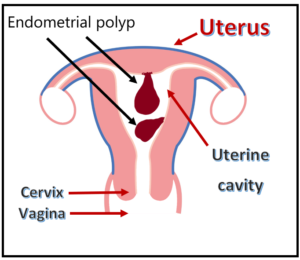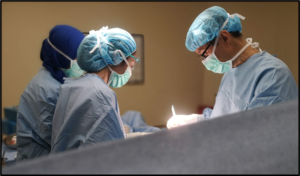 The woman and her partner should be present at the initial evaluation for infertility. The doctor will obtain a full clinical history from the couple and then proceed on to a physical examination. The initial investigations that need to be performed will be based on these assessments. Sometimes, the cause of the infertility may be found at this visit. Further evaluation and clinic visits may be necessary for other couples. It may take several weeks. This is because some of the tests may have to be repeated for verification at different specific times in her menstrual cycle. The initial workup of a man usually can be done faster, because men have no monthly cycles and because there are fewer tests for men.
The woman and her partner should be present at the initial evaluation for infertility. The doctor will obtain a full clinical history from the couple and then proceed on to a physical examination. The initial investigations that need to be performed will be based on these assessments. Sometimes, the cause of the infertility may be found at this visit. Further evaluation and clinic visits may be necessary for other couples. It may take several weeks. This is because some of the tests may have to be repeated for verification at different specific times in her menstrual cycle. The initial workup of a man usually can be done faster, because men have no monthly cycles and because there are fewer tests for men.
hysteroscopy
Endometrial polyps
 Endometrial polyps are growths that arise from the inner walls that lined the uterine cavity. It is sometimes called uterine polyps. It is believed to arise from the overgrowth of endometrial tissue. It may range in size from a few millimetres only to a few centimetres. Sometimes, there can be several polyps present at the same time. It may have a long stalk and can extends through the cervix into the vagina.
Endometrial polyps are growths that arise from the inner walls that lined the uterine cavity. It is sometimes called uterine polyps. It is believed to arise from the overgrowth of endometrial tissue. It may range in size from a few millimetres only to a few centimetres. Sometimes, there can be several polyps present at the same time. It may have a long stalk and can extends through the cervix into the vagina.
An endometrial polyp is usually a non-cancerous growth. However, in a small proportion of women, some of these polyps can lead to cancer (called pre-cancerous type). The risk of cancer in a polyp is increased in post-menopausal women. It can arise at any age but rarely occur in women under 20 years old.
Cause and risk factors
Fibroids removal (Myomectomy)
 A myomectomy is the removal of fibroids (leiomyomas, myomas) from the uterus. Patients can have a single or numerous fibroids. Myomectomy treatment for fibroids preserves the uterus. It is most often recommended to women who desire future pregnancy or wishes to retain her uterus. A patient undergoing the myomectomy procedure should be informed regarding the risk of hysterectomy. This may be necessary if excessive bleeding occurs, or if it is not possible to reconstruct the uterus because of the many defects left by the removal of multiple small fibroids or a single large fibroid.
A myomectomy is the removal of fibroids (leiomyomas, myomas) from the uterus. Patients can have a single or numerous fibroids. Myomectomy treatment for fibroids preserves the uterus. It is most often recommended to women who desire future pregnancy or wishes to retain her uterus. A patient undergoing the myomectomy procedure should be informed regarding the risk of hysterectomy. This may be necessary if excessive bleeding occurs, or if it is not possible to reconstruct the uterus because of the many defects left by the removal of multiple small fibroids or a single large fibroid.

